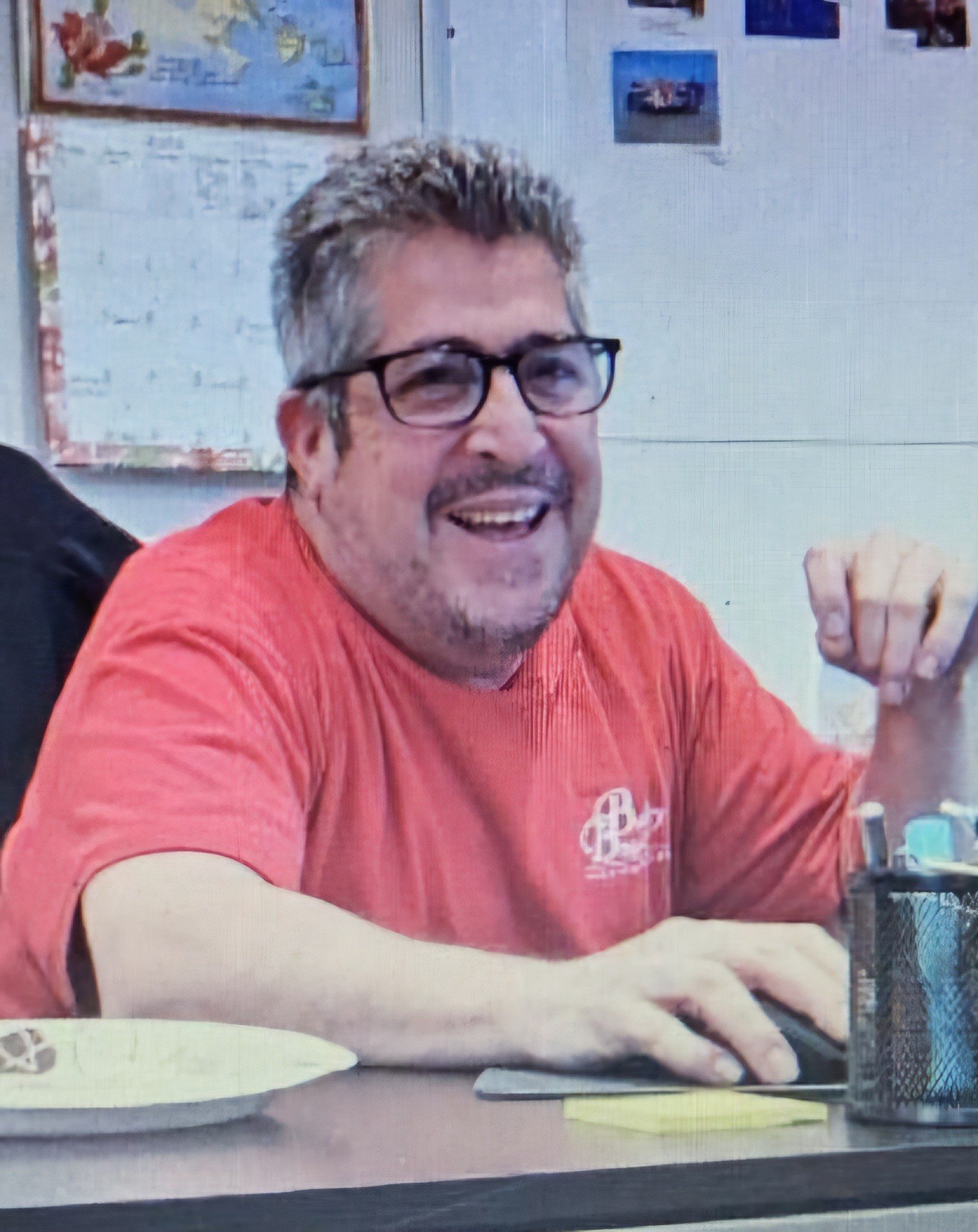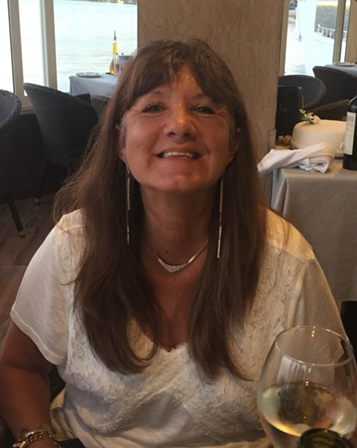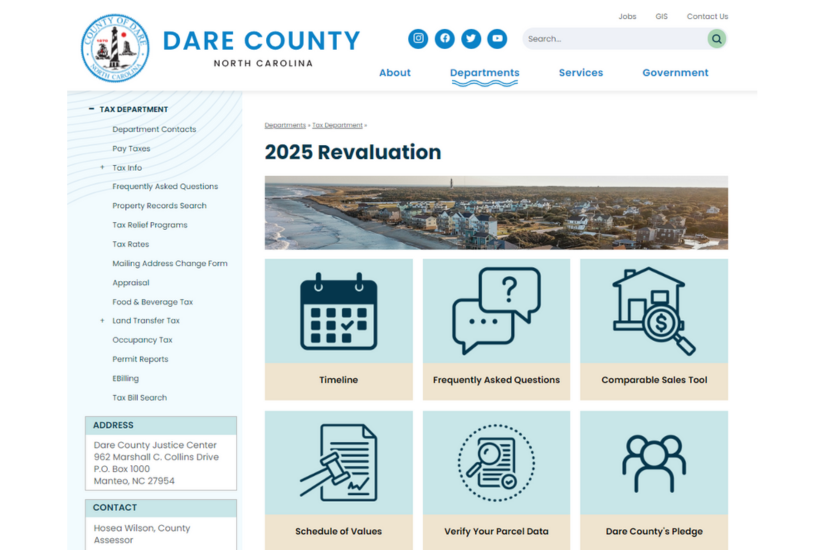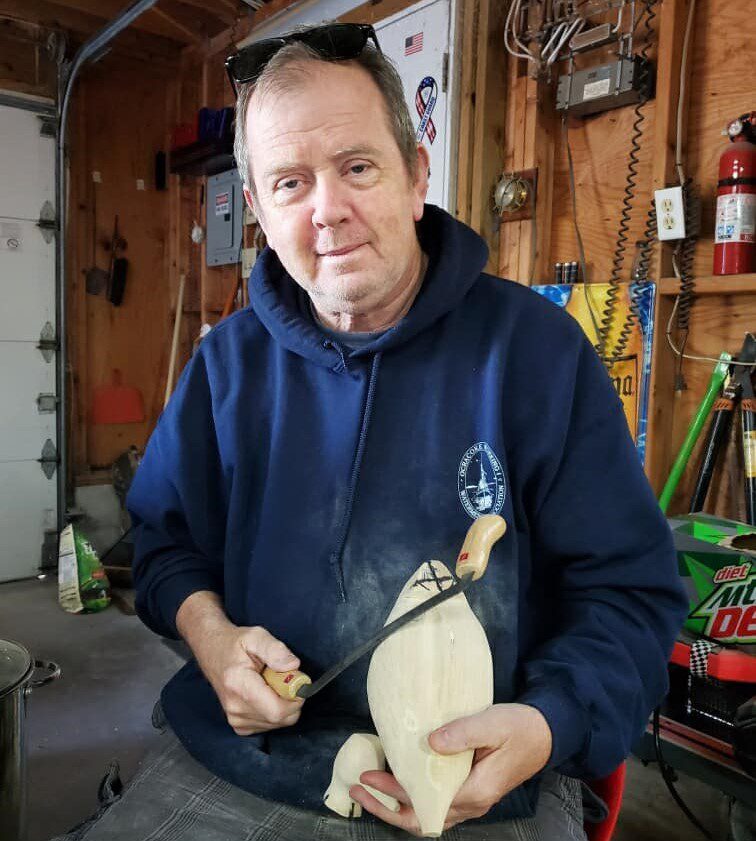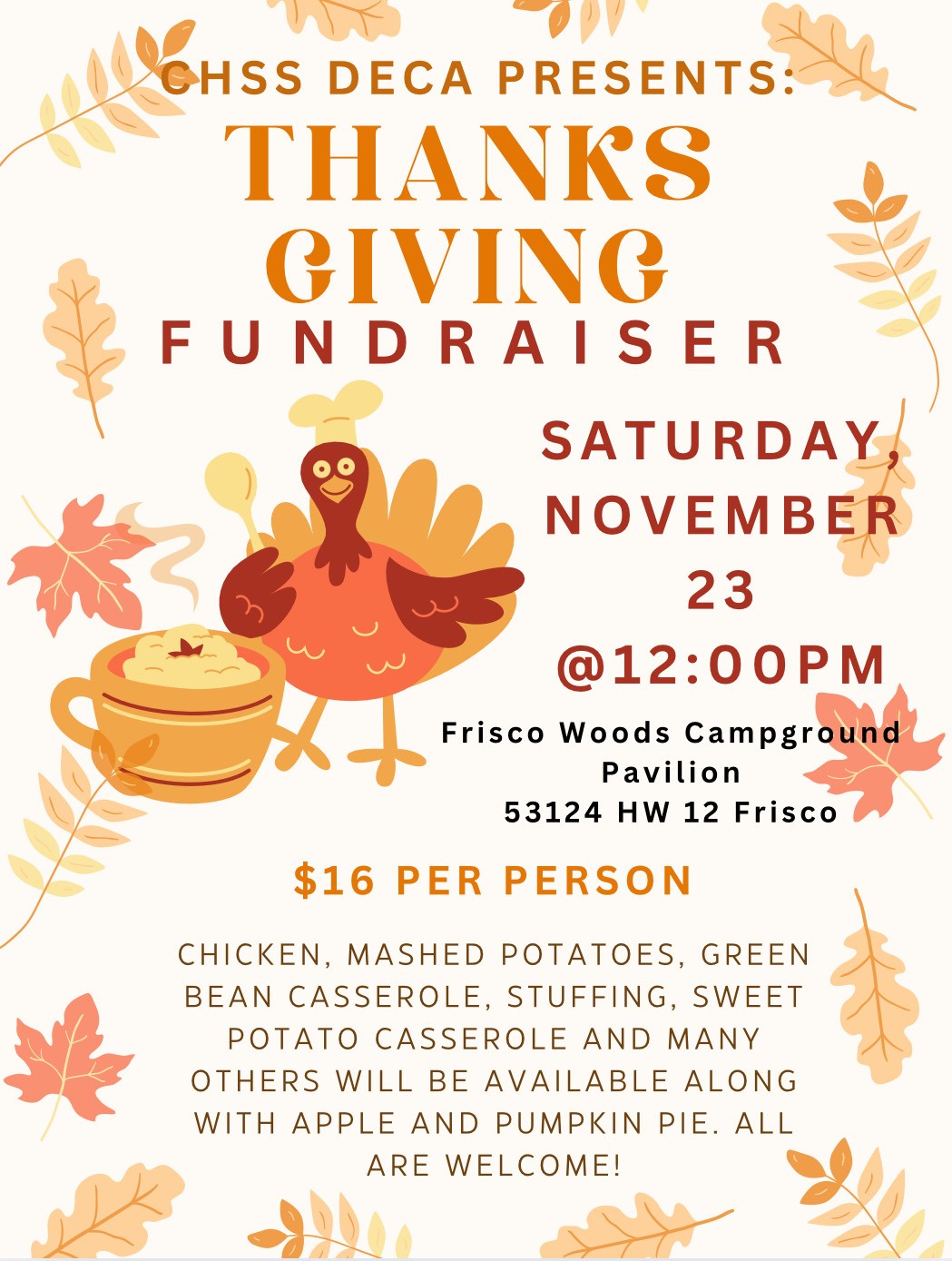A Beachcomber’s View: Sea Pottery

Many have heard about the beautiful pieces of broken glass that the ocean transforms into seaglass, as hunting for these beach treasures has been increasing in popularity all over the globe. Beachcombers have started scheduling vacations to historical glass-making areas such as Italy, which is credited for inventing cobalt blue glass, or coastal fishing communities like Japan, which is famous for their aqua blue glass fishing buoys, or areas like Puerto Rico, where sea glass can be found in an abundance of rainbow colors because of its natural landscape, as well as the country’s history of merchants and war.
One of my favorite beachcombers that I follow is opening an Air B&B in Scotland to serve the needs of this increasing passion. A passion that is growing along the Outer Banks as well.
Seaglass has a sister, and sea pottery is her name. Sea pottery can be from a broken plate, pitcher or bowl that has been tossed around by the ocean until it’s smoothed and rounded, similar to the process that turns broken glass into seaglass. Sea pottery can be from any broken tableware item, as well as from broken tiles like those used on flooring or pools.
The stories of how these pieces of broken pottery came into the ocean often make my mind wonder. Sometimes they are from one of the hundreds of shipwrecks that scatter our coastline. On Hatteras Island, pieces also come from historical village sites and from the Native Americans that lived here before the colonists.
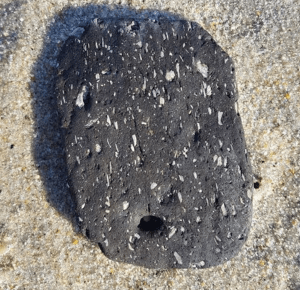
Some of the oldest Croatan pieces found are dark grey and almost black in color, with white flecks of oyster shell. These pieces are usually very simple, lacking vibrant colors and decorations, but perfectly smoothed and polished by the sea like a fragile stone. These pieces are often mistaken for beach stones and get overlooked. A good way to distinguish them is to look for a curve. Since the pottery was often made into a vessel of some kind, they often have a curve to them which is not normally found on stones. Even a plate has a lip or an edge to it, and are hardly ever flat, so you can try to train your eye to notice these traits while beachcombing to help you identify them more easily.
Sea pottery can come in such a wide variety of mediums depending on the region. In the Carolinas, we are known for our red clay, and it has been used to make clay pottery for centuries. Finding a clay pottery shard would not be uncommon in our region. However, finding a sea pottery piece made out of porcelain or other fine china would be uncommon, and could mean that it has come from a ship that has sailed across the wide open sea and crashed onto our shores.
Pieces of white pottery is probably one of the most common and very often overlooked treasures along the coast of the Outer Banks. The rough and violent waters of our shores eventually wipe away any pigment-dyed decorations, and leaves behind a plain, polished piece of white ceramic or pottery. Sometimes the pottery has a decoration made into the vessel, like a flower, and after the paint is worn away, this decoration can remain. In our area, beachcombers have been known to find pieces of plates with palm trees, ribbons tied in bows, or wheat and barley, which were all popular designs in the early 1900s.
Another characteristic that often remains after all the coloring is gone from the pottery is the makers mark. Finding a makers mark stamp on a sea pottery piece is like the Holy Grail to some beachcombers. In fact, many dedicated beachcombers go mud-lurking too, and love to research their finds, and discovering a piece with the makers stamp is like finding a gold coin. They undoubtedly know when and where the piece was made, and sometimes can track down where it was bought and sold. On the Outer Banks, a very popular mark to find is by the manufacturer T&R Boote.
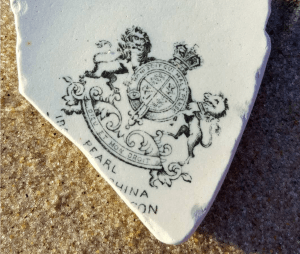
Early American pottery makers like T&R Boote used an image of the English flag with their own names underneath in black ink, as their makers mark stamp. The English flag depicts a unicorn facing a lion with a coat of arms in the center. The American makers would add their name to the bottom of this image, and often beneath that was the city and state where the piece was made. For me, as a beachcombing enthusiast, I love finding these pieces for the simple fact that there is a unicorn printed on it, which I never knew was on the English flag until I started beachcombing. I also learned during my research of these pieces that many early American pottery artists wanted to use this image to honor the heritage of where their ancestors came from.
However, finding a sea pottery piece with the original painted image is the true prize to find. Many times I have found a white piece of pottery, and upon flipping it over, find it to be a beautifully painted with a picture. One of the most famous pieces to find is from the Blue Willow china collection, which originated in the late 1700s by an Englishman named Thomas Minton.
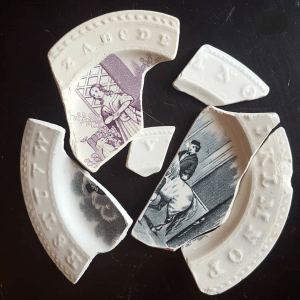
I have actually found two pieces of a child’s plate from the late 1800s that fit together like a puzzle piece. The mind-boggling thing about these two pieces that fit perfectly together is that I found them relatively on the same stretch of beach, but many years apart. The only reason I discovered that the two pieces are a perfect match is because of the decorations on the edge of the plate. Back then, many families had one of these plates for the youngest child to eat and learn off of. These plates often depicted a scene of outdoor life, like a young girl in a garden, or siblings outside on the farm. They also would have a saying on them that talked about life outside, and was sometimes like a tongue twister to help the little ones learn to read and pronounce. Then on the rim of the plate was the raised letters of the alphabet to enhance the child’s learning. So the plate provided them a place to eat, something to look at and imagine themselves doing, and a lesson on the letters of the English language, as well as a little something about life.
A friend gave me one of these plates as a surprise Christmas present that had been in their family for generations. There is a lumberjack wearing a vibrant red flannel in a bright green forest and it says “Little strokes fell great Oaks”. The plate pieces I found that match fit perfectly on top of this plate, as these children plates where usually all one size. It was so easy for me to match these two pieces because it broke along the letter “J”. I keep all the children plate pieces in a special area of my house, and when I went to add the second piece to my collection, I noticed the other part of the letter already in my jar.
This prompted me to see if I had other pieces, sea pottery and seaglass, that matched like a puzzle, and to my astonishment, I had several. I also follow several professional beachcombers online, and they too have found matching pieces like this. Yet another wonderful intriguing surprise gift from the great big, marvelous Ocean.






